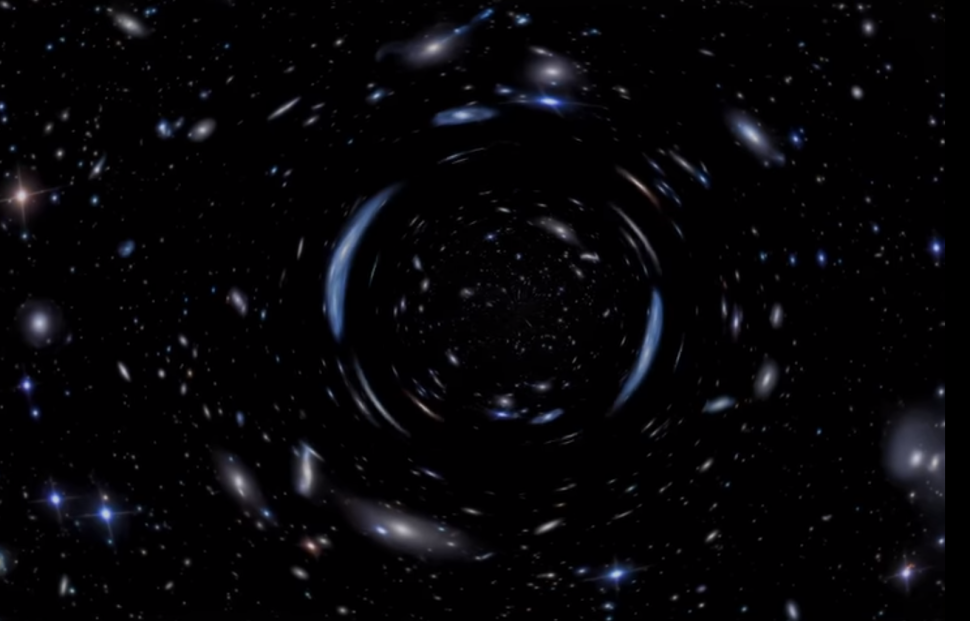Hubble observations just revealed that there’s a missing ingredient in the theories about dark matter.
Swiss astronomer Fritz Zwicky first predicted the existence of a dark matter in the 1930s. His observation of the Coma Cluster of galaxies revealed that its mass was 500 times more than what Edwin Hubble first calculated. Furthermore, the mass appeared to be invisible.
Over the next decades, astronomers and astrophysicists have searched the space for evidence that dark matter thus exists. Vera Rubin discovered one proof in the 1960s.
Rubin found that the center of galaxies rotates at the same speed as their extremities. However, early predictions said that the rotation should be faster at the center of galaxies.
The said finding led Rubin to postulate that the missing structure in galaxies is dark matter. Meaning, a whole galaxy is only the center of a more massive structure.
Rubin’s theory was met with skepticism. However, many studies since then have supported the claim that dark matter indeed exists. And now, NASA‘s Hubble observations revealed another missing ingredient to dark matter theories.
Hubble Observations Reveal Missing Ingredient is Dark Matter Theories
By studying the observations gathered by the Hubble and ESO‘s Very Large Telescope, a team of researchers discovered that small-scale concentrations of dark matter in clusters could produce gravitational lensing effects that are ten times stronger than expected.
Aside from being the most massive structures in the observable universe, galaxy clusters are also considered the largest repositories of dark matter to date.
“Galaxy clusters are ideal laboratories to understand if computer simulations of the universe reliably reproduce what we can infer about dark matter and its interplay with luminous matter,” Massimo Meneghetti, the study’s lead author, said.
“We have done a lot of careful testing in comparing the simulations and data in this study, and our finding of the mismatch persists. One possible origin for this discrepancy is that we may be missing some key physics in the simulations.”
Read More: What Stephen Hawking Got Wrong About Dark Matter
The researchers used three key clusters in their analysis: the MACS J1206.2-0847, MACS J0416.1-2403, and Abell S1063. All were part of Hubble surveys The Frontier Fields and the Cluster Lensing And Supernova survey with Hubble (CLASH).
The team mapped the distribution of dark matter in the said clusters via the bending of light or the gravitational lensing that they produce. The gravity of dark matter magnifies and bends light from distant background objects: the higher the dark matter concentration, the more noticeable the bending of light.
With the Hubble observations and spectra from VLT, the team was able to produce a more accurate, high-fidelity map of dark matter. The map showed dozens of multiply imaged, lensed, background galaxies.
However, what surprised the researchers were the elongated arcs and distorted shapes nested within the larger-scale lens distortions in each of the three galaxy clusters’ core. The team believes that the nested lenses were produced by the gravity of dense concentrations of dark matter within each galaxy cluster core, where the most massive galaxies reside.
The map allowed the researchers to associate the galaxies with each cluster and estimate their distances. In addition, the stars’ speed gave them a rough estimate of each galaxy’s mass, including the amount of dark matter present.



















Comments (0)
Most Recent